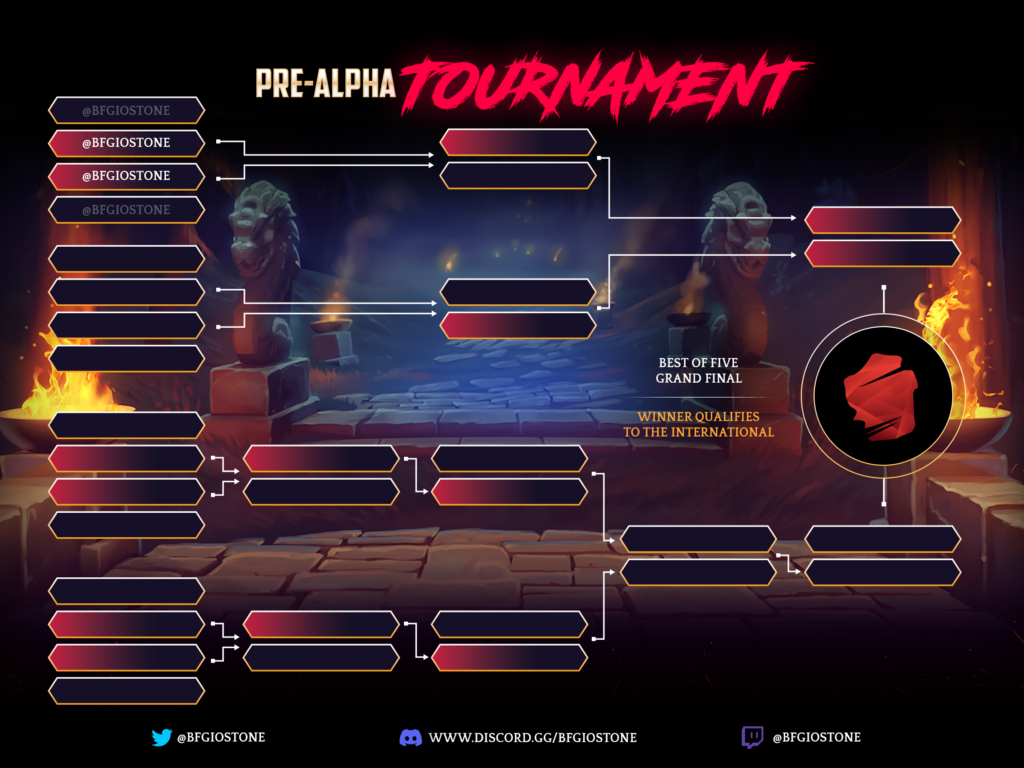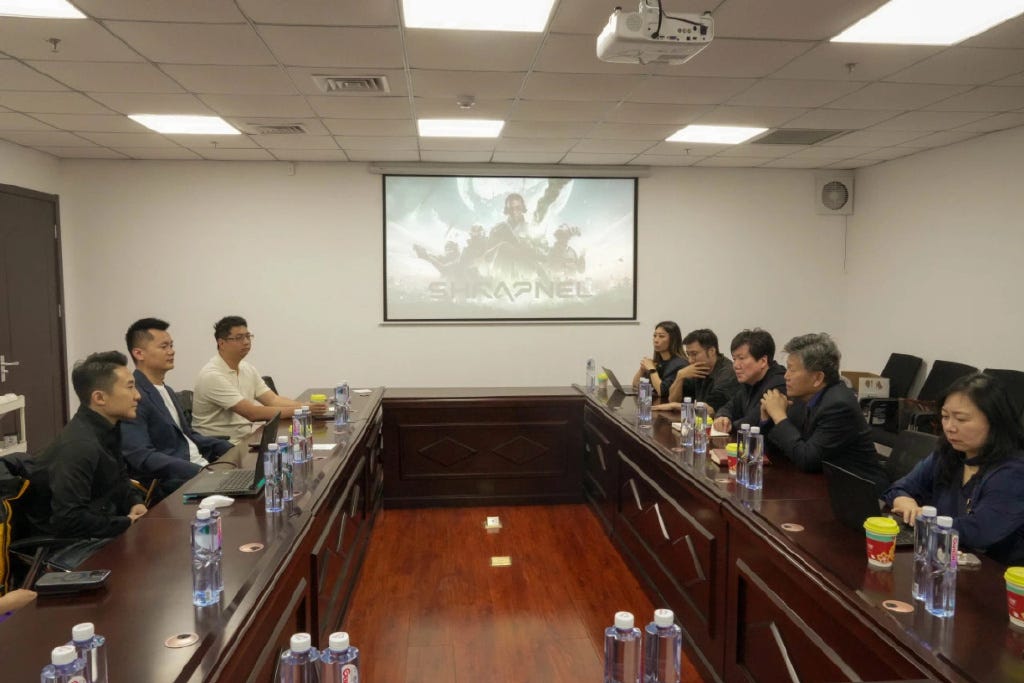Battle for Giostone: Esports & Tournament Infrastructure

This article was written by Battle For Giostone Co-Founders, Mile Gramatikov and Theeban Siva.
Without question, play-to-earn made a massive impact on the entire crypto space with Axie Infinity paving the way. The sector grew quickly, perhaps too quickly as the infrastructure and inflationary tokenomics could not support such a large influx of playing and earning. Scalability issues and sell pressure were an inevitability that we are now facing.
Both opportunists and players came in droves and unceremoniously left. It was lacking in economic stability but from a player’s standpoint, there was a crucial missing piece of magic that has historically kept players hooked and that is tournaments.
Tournaments
Gaming is all about competition. The quest to climb the leaderboards and prove that you’re among the best in the world is an inherent driver for any true gamer. It may start passively enough as users hone their skills to be competitive with friends, and from there, morphing into an unquenchable desire to dominate your opponents. That’s true in chess, it’s true in checkers, and it’s true in any other game on the planet.
A MOBA, being the most complex game of all, requires the combined effort of five people to play as one. Unity in the name of a singular goal will push one team to victory, while the others will succumb to defeat.
As humans, we love watching competition when the stakes are high, and the boundaries of what we think is possible will be pushed. It is a vicarious thrill as we live in the moment of a shared experience with players and spectators alike.
“Winner take all” tournaments are the ultimate form of competition because there can only be one. It is an all-or-nothing proposition where only one team will be left standing to claim the grand prize.
Battle For Giostone—First Tournaments
Battle For Giostone is a game that’s embedded in true MOBA culture. We are defined by Esports and started hosting tournaments long before the pre-alpha was released.
Recently, two of our guild partners competed in the first tournament, and the gameplay was spirited and intense. It was a watershed moment for us and following this success, we allowed multiple guilds to compete in order to further crystallize our vision for the game.
In the beginning, the two opposing teams were targeting the enemy shrines. These structures restore HP and Mana which is crucial for team fights when you’re running low and battle beckons. The teams actively guarding these structures were initially able to slow the matches because no one wanted to lose their shrine. However, when multiple guilds joined in the second tournament, a massive shift happened to the in-game dynamics. The players understood the role of Gio and the Giostone giving powerups to their creeps. Suddenly, the gameplay changed, and everyone rushed to kill the dragon before the enemy team. The match duration decreased instantly, which led us to add another victory condition.
When players are unable destroy the enemy base within 25 minutes, they will be summoned by Gio for a team fight battle to the death. This is of paramount importance as the last team should always stare down and overcome death before they can exit as the winner.
Our Next Tournaments
Rome was not built in a day. Everything great requires time, trial, and error in order to continuously refine and improve the game. Our mission is to be recognized as one of the best MOBA games ever made. We can only achieve that by hosting sizable tournaments with significant prize pools, competitive viewership numbers, and partner collaborations.
Casters make tournaments special because they add their personality to the matches. Their commentary builds up the hype, and newbies and pros alike will have the same knowledge about what’s happening at the moment, what could happen, and what each team is thinking. These people will know the game inside and out.
Finally, if local communities, individual organizations, and creators would like to host a tournament of their own, we are open to creating unique maps, custom skins, and ad placements for them.
Let’s say that a massive sponsor wants to create an open tournament where everyone will be able to compete. We could make custom towers and creeps to thank them for their support or add their logo on the lanes or shrines. That way, apart from the leaderboards, the players would have an additional source of income that increases the total earning potential from the game.
Tournaments Are Filled With Emotions
People love games that make a visceral impact. Experiencing an emotion, a drive and desire is amplified when it is being experienced in real-time by any number of people. When thousands or even millions share an emotion, you get a masterpiece.
Recently, Theeban, aka 1437, visited our home country Macedonia. In a small local internet cafe, we played a few matches and felt an atmosphere of pure emotion. That’s what we want to achieve on a global scale. Happiness, sadness, anger, joy, rage, and elation unite people, crossing physical and language barriers.
Join us on our quest to reinvent gaming.

About Avalaunch
Avalaunch is a launchpad powered by the Avalanche platform, allowing new and innovative projects to seamlessly prepare for launch with an emphasis on fair and broad distribution. With its values deeply rooted in the early Avalanche community, we are able to offer projects confident, informed users who are aligned with the long-term goals of the rapidly expanding application ecosystem. Leveraging Avalanche’s scalable, high-throughput, and low-latency platform, Avalaunch is built by users, for teams, to help grow strong communities.
Website | Twitter | Telegram | YouTube
Battle for Giostone: Esports & Tournament Infrastructure was originally published in Avalaunch on Medium, where people are continuing the conversation by highlighting and responding to this story.


